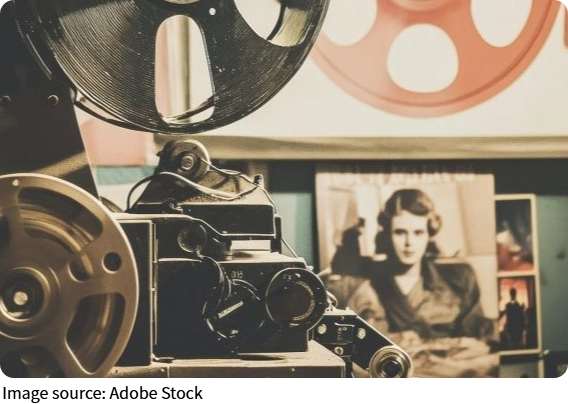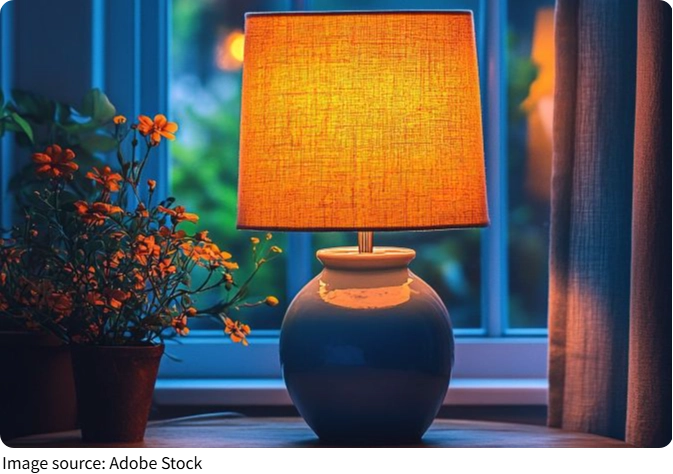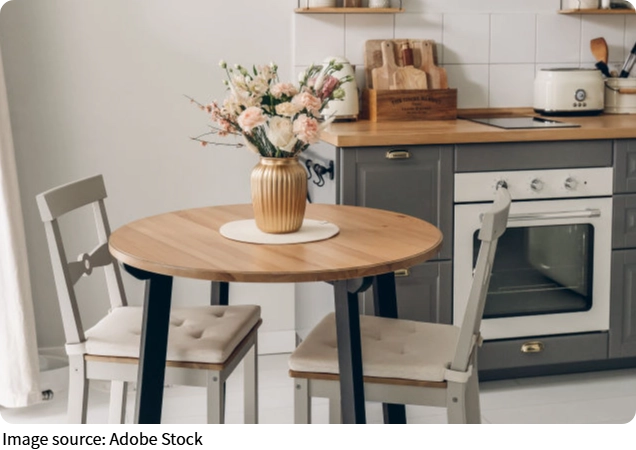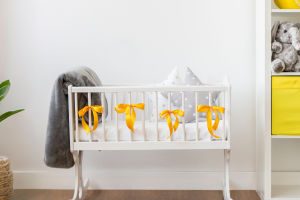Retro Style in Modern Homes

Retro style is gaining popularity in modern home design. It combines classic elements from the past with contemporary design ideas, creating a unique atmosphere that is both nostalgic and fashionable.
This style is not just an aesthetic choice but a tribute to history and a way to find tranquility in a fast-paced world. By incorporating retro elements, homeowners can add depth and warmth to their living spaces.
1. The Essence of Retro Style
Retro style is all about reinterpreting classic elements from specific periods. Furniture, with its distinctive shapes and fine craftsmanship, plays a crucial role. For instance, Victorian furniture is known for its intricate carvings, while mid-century modern pieces are celebrated for their clean lines and functional design.
Adding a vintage rocking chair or a carved wooden table can set the tone for the entire room.
2. Color and Pattern
Retro design often features soft neutral tones like beige, brown, and olive green, alongside bold colors such as mustard yellow and brick red.
These colors evoke memories of bygone eras and contrast beautifully with modern minimalist styles. Retro patterns, including florals, geometrics, and stripes, are commonly used in wallpapers, carpets, and fabrics. They add visual interest and create a harmonious blend with contemporary elements.
3. Lighting
Retro style isn’t just about copying the past—it’s a playful reinvention of iconic design eras, blending nostalgia with modern sensibilities. Furniture is a key component of this aesthetic, with each period offering distinct characteristics. Victorian pieces, for example, are defined by ornate carvings and rich detailing, while mid-century modern designs emphasize clean lines, minimalism, and functionality.

Choosing fixtures with carved details or complex structures can enhance the room's artistic feel. Adjusting the brightness and color temperature of the lights can further enhance the nostalgic ambiance.
4. Decorative Details
Retro style pays attention to small decorative items that carry a sense of history. Vintage clocks, cameras, record players, and classic artwork or photographs can serve as focal points. These items not only add charm but also tell stories.
Mixing these vintage pieces with modern decor can create a visually appealing and eclectic look. For example, placing vintage cameras and old books on a modern shelf or hanging a retro painting on a contemporary wall can blend styles seamlessly.
5. Practical Tips for Incorporating Retro Elements
To successfully integrate retro elements into a modern home, it's important to balance them with contemporary design. Choose a few iconic retro pieces as accents rather than overloading the space.
For instance, a retro sofa in a minimalist living room can be a striking focal point. Pairing retro furniture with modern carpets or curtains can create a balanced and layered look. Warm lighting and well-chosen retro fixtures can enhance the overall comfort and appeal of the space.
6. The Charm of Retro Style
Retro style beautifully merges history with modernity, nostalgia with fashion. It's not just about decoration; it's a lifestyle choice that encourages us to appreciate the past while living in the present.
By incorporating retro elements, we can create a unique and comfortable living space that offers peace and satisfaction. This style allows us to experience the flow of time and the beauty of life within our homes.

Retro style blends historical charm with modern functionality, allowing homeowners to craft a unique and comforting space that reflects their personality and appreciation for the past. Whether through furniture, colors, lighting, or decorative details, this aesthetic can transform a contemporary home into a warm, inviting sanctuary.
As the demand for personalized and cozy living spaces grows, retro style endures as a perfect choice for those who cherish both nostalgia and modern comfort.
-
 Sleep-Related Deaths Rise!Despite a drop in infant mortality, sleep-related deaths are increasing! What's causing this rise and how can we stop it?
Sleep-Related Deaths Rise!Despite a drop in infant mortality, sleep-related deaths are increasing! What's causing this rise and how can we stop it? -
 Cloud Computing ExplainedThe Hidden Perks of Cloud Computing That Will Change Your Digital Life!
Cloud Computing ExplainedThe Hidden Perks of Cloud Computing That Will Change Your Digital Life! -
 Travel to BloomingtonThe Ultimate Bloomington Experience: Nature Trails, Campus History, And Family Fun!
Travel to BloomingtonThe Ultimate Bloomington Experience: Nature Trails, Campus History, And Family Fun!